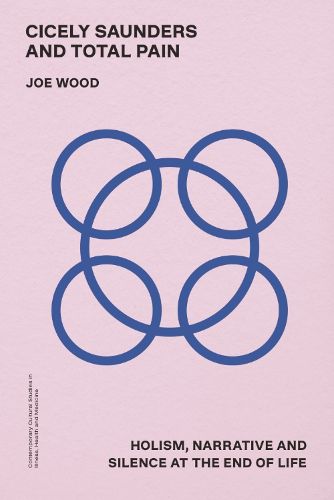Readings Newsletter
Become a Readings Member to make your shopping experience even easier.
Sign in or sign up for free!
You’re not far away from qualifying for FREE standard shipping within Australia
You’ve qualified for FREE standard shipping within Australia
The cart is loading…






Introduced in 1964, Cicely Saunders' term 'total pain' has come to epitomise the holistic ethos of hospice and palliative care. It communicates how a dying person's pain can be a whole overwhelming experience, not only physical but also psychological, social and spiritual. 'Total pain' clearly summarises Saunders' whole-person, multidisciplinary outlook but is it a phenomenon, an intervention framework, a care approach or something else? This book disregards the idea that Saunders' phrase has one coherent meaning and instead explores the multiple interpretations now current in contemporary professional discourse. Using close reading of Saunders' extensive publications, as well as archival evidence and Saunders' own personal library, it situates the current usage of 'total pain' in wider histories of clinical holism, questions its similarity to later ideas of narrative medicine, and explores how it might express the ambiguities of bearing witness to pain and vulnerability when someone is dying.
$9.00 standard shipping within Australia
FREE standard shipping within Australia for orders over $100.00
Express & International shipping calculated at checkout
Introduced in 1964, Cicely Saunders' term 'total pain' has come to epitomise the holistic ethos of hospice and palliative care. It communicates how a dying person's pain can be a whole overwhelming experience, not only physical but also psychological, social and spiritual. 'Total pain' clearly summarises Saunders' whole-person, multidisciplinary outlook but is it a phenomenon, an intervention framework, a care approach or something else? This book disregards the idea that Saunders' phrase has one coherent meaning and instead explores the multiple interpretations now current in contemporary professional discourse. Using close reading of Saunders' extensive publications, as well as archival evidence and Saunders' own personal library, it situates the current usage of 'total pain' in wider histories of clinical holism, questions its similarity to later ideas of narrative medicine, and explores how it might express the ambiguities of bearing witness to pain and vulnerability when someone is dying.